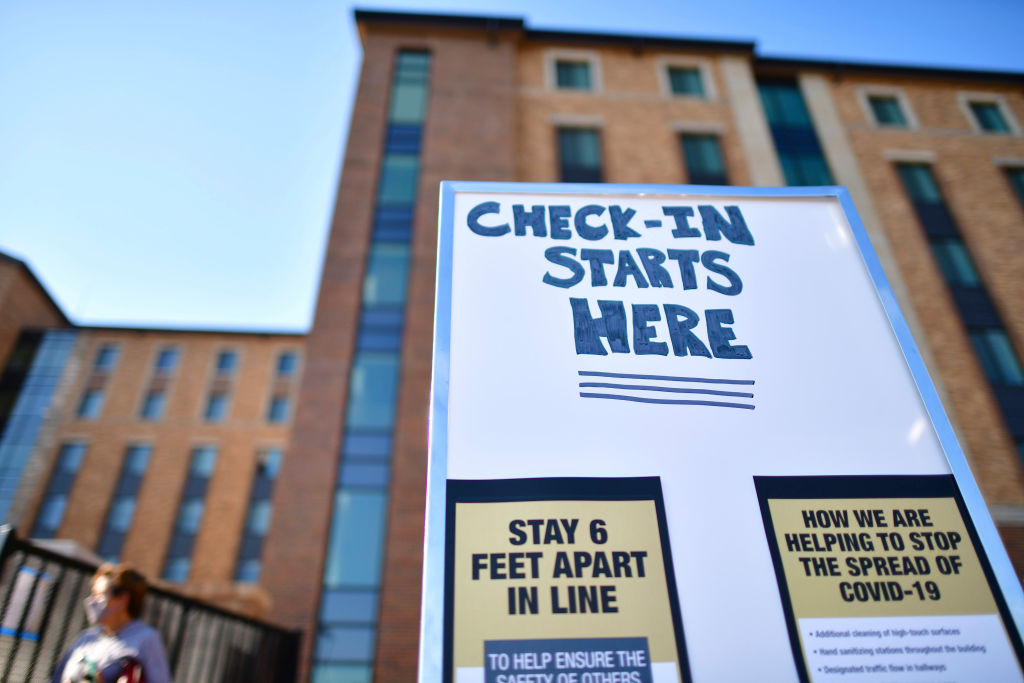The tighter Covid restrictions introduced this week, along with larger fines for people who gather in groups of more than six or fail to self-isolate, followed a press presentation in which Sir Patrick Vallance and Professor Chris Whitty produced a graph showing new infections doubling every seven days until mid-October, when there would be 50,000 cases a day. Though Sir Patrick said it was ‘not a prediction’, it was widely treated as such. But are cases really doubling every seven days?
The daily figures for new confirmed cases are not the best guide to this, as they do not even nearly capture all infections. Moreover, they are partly a function of how many tests are being performed and where they are being performed. This week, for example, mobile testing facilities were sent to Glasgow university in response to an outbreak among students. Concentrating testing in areas of know outbreaks makes sense in many ways, but it is inevitably going to lead to an upsurge in confirmed cases.
What matters far more are the weekly figures from the Office of National Statistics’ Infection Survey Pilot. These test a randomised sample of people (in private households, not hospitals or care homes). The latest set of figures, published this morning estimate that there are 103,600 people in England who currently have Covid-19 (the middle of an estimated range of 85,600 to 123,400). This is up from 59,800 from last week’s survey and 39,700 the week before.
They suggest that cases are not quite doubling every seven days, but rather about every 10 days. While not as fast a rate as Vallance’s graph it is, however, quite a steep rise. As per last week, cases are highest, and are rising fastest, among the 17-to-24 age group. This is not entirely surprising given that this group includes large numbers of students who have recently returned, or started, at university. Cases seem to be rising in every age group with the curious exception of 35-to-49 year olds.
The question is: will the rise in new cases begin to flatten off once we are past the one-off event of university students returning to campus? The start of the academic year brought a lot of people together who had not been together before – effectively forming new ‘households’ of students. These groups will now be spending the next couple of months together, so that level of mixing will not be repeated. We await next week’s figures with interest.
What the ONS figures don’t tell you is how many people are actually ill – as opposed to merely infected. The daily figures show that 268 people were admitted to hospital while infected with Covid-19 on Tuesday 22 September. This was up from 194 on the previous Tuesday and 99 the Tuesday before that. At the peak in April it was running at 3000 a day.







Comments